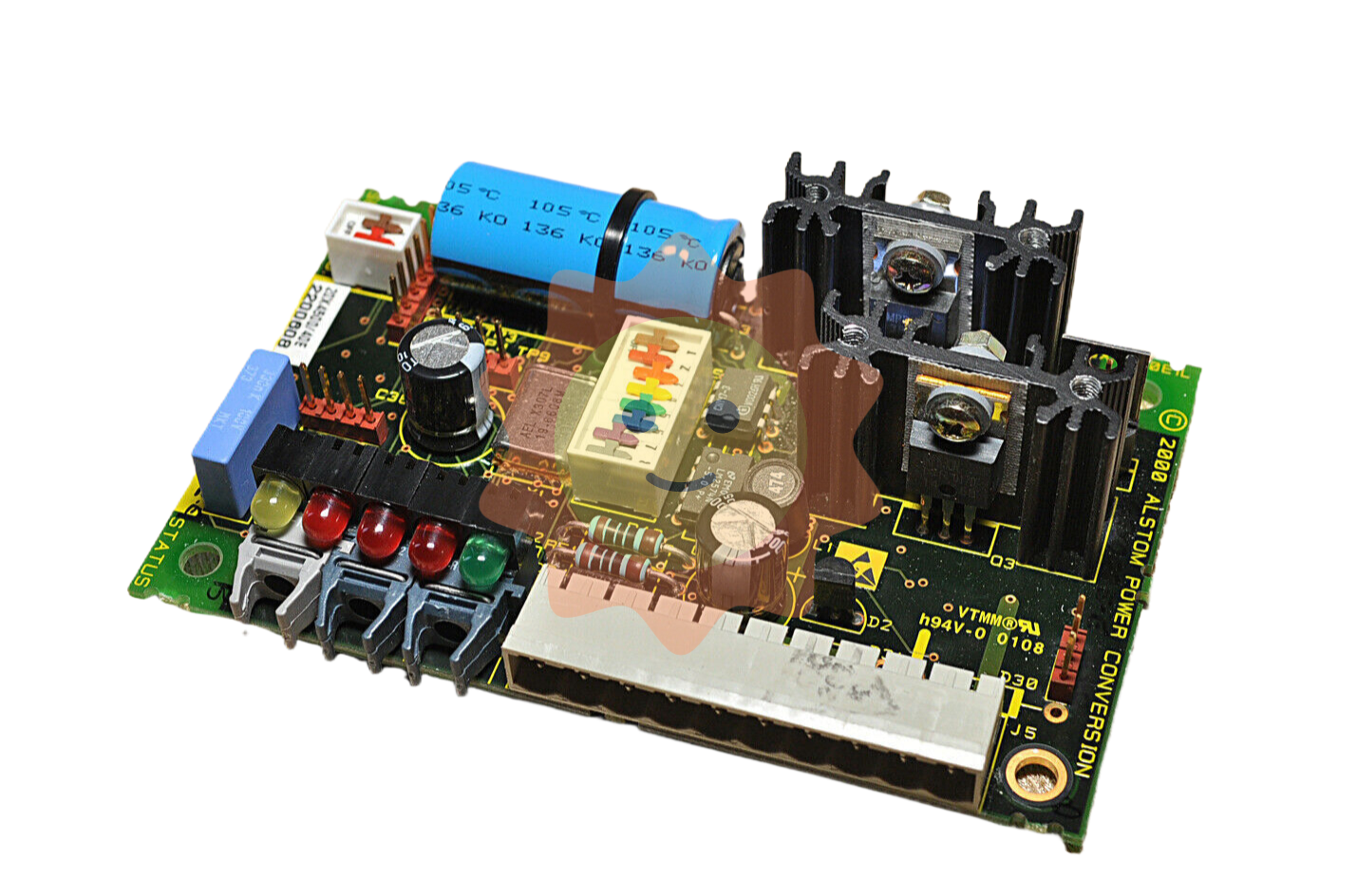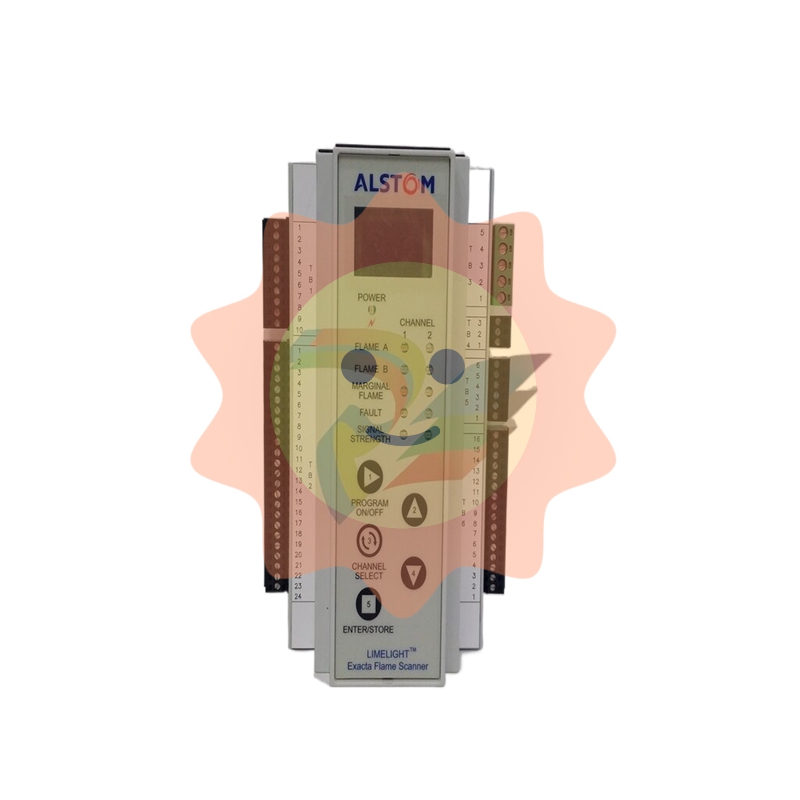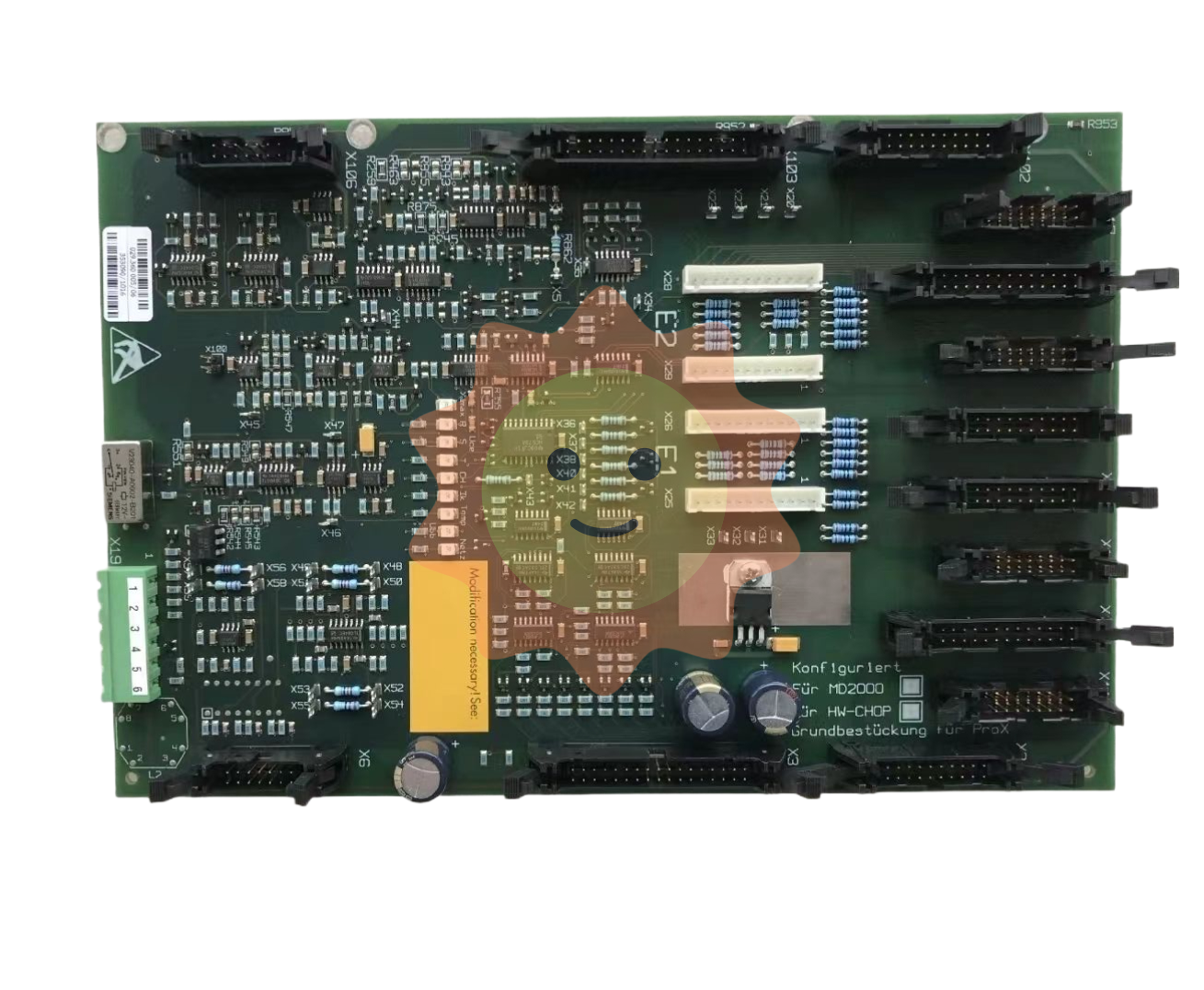Looking ahead to the "epidemic" : Five major issues that China's biopharmaceutical enterprises need to pay attention to
In the past few months, China's biopharmaceutical industry has been hit by unprecedented shocks. After speaking with executives from leading multinational and local biotech companies, as well as other leading market experts, I summarized the impact of COVID-19 on the present and future. As our understanding of the coronavirus and its effects continues to deepen, the perspectives shared in this article will also change. As always, I welcome your valuable comments and discussions with me.
Let's start with the response of the biopharmaceutical industry and the impact of the COVID-19 pandemic. Although the current data is still insufficient, but combined with the industry status and qualitative analysis of the insights obtained, some trends are clear.
◆ Market supervision actively intervenes, and the approval of new drugs is "green" during the epidemic. From January to March 2020, the State Drug Administration approved 164 drug applications (including new innovative drugs, indication extensions and generic drug applications), far exceeding the 141 in the same period in 2019. In order to advance the reform of the medical device review and approval system, the State Food and Drug Administration approved the registration of Allergan's XEN® gel stent through Real World Evidence for the first time. The National Healthcare Security Administration and the National Health Commission jointly issued a guideline on promoting "Internet Plus" medical insurance services during the COVID-19 prevention and control period. The government has also required second - and third-level hospitals to make appointments in advance, encouraged patients to visit community health centers, and established a network of fever clinics (there are 182 in Shanghai alone).
The decline in patient attendance has also brought many changes to large hospitals and cities. Early analysis showed that the number of outpatient visits decreased by about 60% in February after patients canceled non-essential visits (based on preliminary data reported by the China Pharmaceutical Market Research Association). In addition, more patients are turning to new channels for treatment options or prescriptions, which mitigated the actual impact of the decrease in patient attendance. Retail channels have benefited from this trend, and Internet hospitals have also benefited from the online transformation and regulatory changes, including a pilot program to include online prescriptions in Medicare.

◆ Biopharmaceutical companies' sales have not suffered significantly. A survey of 690 hospitals showed that by the end of February, sales of hospital prescription drugs were down 17 percent from a year earlier. By contrast, sales in industries such as automobiles or luxury goods have fallen by as much as 70 to 90 percent. That said, some drugs have been hit hard. Drugs that are new to the market or need to be initiated in hospitals are the first to bear the brunt, while established drugs for chronic diseases have managed to reduce the significant impact of the epidemic by taking advantage of changes in the prescribing mechanism (long-term prescriptions can be issued for three months at a time) and changing distribution channels. Drugs related to elective surgery or elective treatment have been hit hard, similar to what we have observed in the medical technology sector (the number of elective surgeries decreased by 50% to 80% in February and March this year). In short, the pharmaceutical market has held up relatively well. With the continuous opening of hospitals, the confidence of patients is gradually restored, and the market will gradually pick up.
◆ The digital medical industry as a whole has shown an amazing speed of response and action. Companies such as Ping An Good Doctor, Tencent Wedoctor, Ali Health, Baidu and Jingdong Health have used existing platforms to launch new services or optimize existing services in a very short period of time, significantly boosting online traffic, many of which are newly registered elderly users. Multinational biopharmaceutical companies are riding the wave, reinvigorating idle workforces and dramatically increasing the engagement of healthcare professionals and patients through digital initiatives and business expansion. Some biopharmaceutical companies have also developed applications to help patients access drugs through other channels, such as transferring patients undergoing cancer treatment to infusion centers. In February, when the epidemic was at its worst, several new drugs were released exclusively through online channels such as large network conferences. In short, biopharmaceutical companies have accomplished in a matter of weeks what would otherwise have taken years: mobilizing across the organization, diverting significant resources to digital channels, launching new projects, and tapping into the customer acquisition and engagement potential of digital channels.
Compared with the SARS period, the innovation of China's biopharmaceutical industry is very rapid this time. Many companies are racing to develop effective drugs, design faster and more accurate tests, and accelerate the development of a viable vaccine. Cancino Bio (listed on the Hong Kong Stock Exchange in 2019) has made rapid progress in the development of COVID-19 vaccines and has now entered phase 2 clinical trials. Sinovac and Sinopharm are also actively promoting the research and development of safe and effective vaccines, joining the United States and Europe in the "Global vaccine research and development competition."
From a supply chain point of view, manufacturing and logistics networks were spared. Hubei, the epicenter of China's initial outbreak, does not have many biopharmaceutical factories. However, the impact of the outbreak on the supply chain remains to be seen, as both hospitals and distributors are likely to experience a severe cash flow crisis.
Clinical research and development has suffered a certain degree of impact, such as patients' clinical response monitoring is blocked, subject recruitment is delayed, but data analysis or registration approval is only delayed by a few months. Recently, the number of clinical trial registrations related to the epidemic has increased rapidly, and the number of clinical study subjects is insufficient.
Business executives in China are now focusing on the full recovery of their business in China, while also worrying about the spread of the virus in Europe and North America. As China joins the global clinical trial program, its regulatory progress may be affected by disruptions to overseas clinical trial centers. Given that some important countries along the value chain, such as India, are facing uncertainty, the risks at the supply chain end are also increasing. On top of that, the intense profitability pressure on multinational corporate headquarters could further limit their ability to invest in the Chinese market, at least in the short term.
To sum up, the market environment has changed dramatically in just a few months. The real question is: What does this mean for China's biopharmaceutical market in the medium term? Before the outbreak, the market was booming. Can this momentum continue in the future? If you dig deeper, the crisis raises five important questions.
How will the focus of the healthcare industry evolve? How will budget allocations be affected?

Looking back at SARS, many of the policies implemented by the Chinese government between 2004 and 2008 can be traced back to the epidemic. The scale of relevant policies under the COVID-19 epidemic is much larger than that during the SARS period. The central government has paid more attention to public health, disease prevention and the development of primary medical care. Local government leaders will also take healthcare as a major performance indicator and formulate reform plans to promote the transformation of local healthcare systems. Shanghai, for example, recently launched a plan to become one of the safest cities in the world for public health by 2025, providing support in infrastructure, operational efficiency, capacity building and other areas, and committed to building a public health emergency command information system and smart decision-making platform.
Looking at the big picture, which companies will benefit from this reform? The following three areas deserve attention:
First, we will build an epidemic prevention and community-level medical care system. This is a market development direction after the 2008 medical reform, and it is also a clear goal of the "Healthy China 2030" planning Outline. Due to various factors, the progress of the project is relatively slow. The urgent need to strengthen the construction of the primary health care system has been evident in the outbreak, further strengthening the determination of regulators to move in the direction of this system reform.
The second is to expand the scale of Internet hospitals. The pandemic has once again demonstrated the importance of Internet channels in building efficient healthcare systems. Considering the large number of enterprises with access qualifications in this field, coupled with the imbalance between supply and demand caused by the lack of existing traditional medical infrastructure, we expect the Internet hospital market to usher in rapid development.
Third, we will accelerate the development of individual health insurance (PHI). As the Chinese government expands funding sources to create more cutting-edge healthcare development programs, the role of commercial insurance institutions and channels will also increase, making up for the lack of funding and coverage in public spending. Technology companies such as Tencent Micro Insurance will play an important role in the large-scale design and adoption of new medical insurance products.
From a budget allocation perspective, we expect the healthcare budget to shrink in 2020. GDP growth is likely to be modest, if not negative. Due to business difficulties and the government's implementation of social security relief policies, the source of health insurance funding will be affected. In the short term, the government could, if necessary, shift its focus to more stringent cost control measures, such as accelerating the pace of implementation of the volume purchase policy (the second and third batches are already under way), or stepping up negotiations when it updates the National Medicare reimbursement drug List this year. Some of the policy programs launched before the pandemic may take a back seat to more pressing matters. We expect to see a rapid rebound in the Chinese economy starting in 2021, with healthcare as a share of GDP rising relative to its historical trajectory.
In short, biopharmaceutical companies need to have a deep understanding of the changes in the capital pool (including the national basic medical insurance/national medical insurance reimbursement drug list, the self-funded portion or commercial insurance) so that they can fully tap their potential by optimizing their product portfolio.
2. How will patients be shunted? How will old and new channels be affected?
The rise of retail and Internet hospitals is not a new trend. The pandemic has merely acted as a catalyst to accelerate existing trends. Given that the government still needs to overcome some challenges in supervising Internet prescription and reimbursement channels, supporting comprehensive regulatory policy reforms will not happen in the short term, but the momentum will continue. Multinational pharmaceutical companies are already taking advantage of these trends, with some, for example, setting up dedicated Internet hospital teams to design and execute new strategies. Although the number of patients in large hospitals may decline in the short term due to the increasing threshold and psychological factors of patients, it should gradually recover in the future and become the main driving force for market development. Looking back on the trend of SARS, it is not difficult to find that the number of hospital visits at that time quickly rebounded after a brief decline, and then continued to grow. In the medium term, the government will increase investment in primary healthcare infrastructure and introduce policies aimed at attracting patients to primary hospitals, which will increase patient triage. In short, both multinational biopharmaceutical companies and local biotech companies need to improve their coverage models to adapt to an increasingly fragmented and complex market landscape.

Third, the digital "proof of concept" has been established, how will the new Go-To-Market model be presented?
The COVID-19 pandemic has undoubtedly fueled the rise of digitalization across the board. A number of companies have explored digital pilot projects, but progress has been mixed. During the pandemic, all companies have significantly increased their digital activities, including inviting key opinion leaders to participate in large-scale online conferences, holding unprecedented disease education programs, and holding online-only new drug launches. There is no doubt that the digital age has arrived, and this trend is irreversible. However, this does not mean that offline activities will disappear, and they will still play an important role. If biopharmaceutical companies want to remain competitive in the long term, they need to combine online and offline activities as much as possible to provide a true omnichannel interaction model. In a competitive environment, this could be the difference between winning and losing. Winners will acquire new skills, deliver differentiated content and experiences, adapt products and services to the diverse needs and life cycles of the healthcare sector, expand programs that really work, and avoid blindly launching too many "pilot programs."
4. Can China continue to attract healthcare investment and support the development of emerging sectors such as biotechnology and medical technology?
Undoubtedly, the answer is yes. In recent weeks, the healthcare sector has witnessed the following developments: 1, Qiming Ventures raised a new fund of more than $1.1 billion to invest in biotechnology, healthcare and medical technology; 2. Zai Ding Pharmaceutical obtained the Chinese market authorization of CD20xCD3 bispecific antibody REGN1979 from Regenerative Yuan Pharmaceutical Company, and paid US $30 million in advance; 3. Norshing Health China listed on the Hong Kong Stock Exchange in March, raising US $289 million; 4. Kangfang Bio completed its $330 million IPO in April, setting a record for Hong Kong's IPO scale this year; 5, recently, Legendary Biology listed on NASDAQ, raising $424 million; 6, Everest Medicines closed a $310 million Series C funding round, the highest ever.
In other words, the "wave of innovation" that has been in the news since 2016 is once again back. After talking to many people in the industry, I think this trend will continue and will develop rapidly. The government will accelerate the introduction of policies to support the development of the medical industry, funds are still sufficient, and overseas talents will apply their knowledge, continue to carry forward the entrepreneurial spirit and give play to innovative ideas.
5. Will China's global strategic position improve or decline?
This is the most difficult question to answer, and it will have a significant and far-reaching impact on China and the whole world. China's relative attractiveness to multinationals has increased significantly in recent years. This can be seen in the proportion of business in China, investment in hard assets in China, and the external statements of ceos and senior executives. I wrote about this, "Four Trends and Nine Implications: How China is becoming a Priority for multinational pharmaceutical Executives."
Some might worry that this process will be slowed by the coronavirus pandemic, but in fact, the current situation may actually increase China's attractiveness to large biopharmaceutical companies. China is the first country to largely emerge from the pandemic and is already supporting the development of the healthcare sector. Given the state of public finances in the five EU markets that are deeply affected by COVID-19, we expect healthcare budgets to tighten or further cost control measures to be introduced. In general, China is expected to come out of the difficulties ahead of time, and its biopharmaceutical market will become more attractive to foreign companies.
Given that the epidemic is still spreading globally, and the possibility of another outbreak in China cannot be completely ruled out, it is still too early to draw conclusions about the impact of COVID-19 on China. Some of my points may soon not apply. But overall, I think the COVID-19 epidemic will accelerate the reform of China's medical market, patients will have more convenient channels and better treatment results, and industry players will have broader development opportunities.
- EMERSON
- Honeywell
- CTI
- Rolls-Royce
- General Electric
- Woodward
- Yaskawa
- xYCOM
- Motorola
- Siemens
- Rockwell
- ABB
- B&R
- HIMA
- Construction site
- electricity
- Automobile market
- PLC
- DCS
- Motor drivers
- VSD
- Implications
- cement
- CO2
- CEM
- methane
- Artificial intelligence
- Titanic
- Solar energy
- Hydrogen fuel cell
- Hydrogen and fuel cells
- Hydrogen and oxygen fuel cells
- tyre
- Chemical fiber
- dynamo
- corpuscle
- Pulp and paper
- printing
- fossil
- FANUC
- Food and beverage
- Life science
- Sewage treatment
- Personal care
- electricity
- boats
- infrastructure
- Automobile industry
- metallurgy
- Nuclear power generation
- Geothermal power generation
- Water and wastewater
- Infrastructure construction
- Mine hazard
- steel
- papermaking
- Natural gas industry
- Infrastructure construction
- Power and energy
- Rubber and plastic
- Renewable energy
- pharmacy
- mining
- Plastic industry
- Schneider
- Kongsberg
- NI
- Wind energy
- International petroleum
- International new energy network
- gas
- WATLOW
- ProSoft
- SEW
- wind
- ADVANCED
- Reliance
- YOKOGAWA
- TRICONEX
- FOXBORO
- METSO
- MAN
- Advantest
- ADVANCED
- ALSTOM
- Control Wave
- AB
- AMAT
- STUDER
- KONGSBERG
- MOTOROLA
- DANAHER MOTION
- Bentley
- Galil
- EATON
- MOLEX
- Triconex
- DEIF
- B&W
- ZYGO
- Aerotech


email:1583694102@qq.com
wang@kongjiangauto.com


















































